
The Sea Turtle Grants Program (STGP), funded by the sale of Florida’s “Helping Sea Turtles Survive” specialty license plate, recently awarded $445,550.59 to 26 different projects benefiting Florida sea turtles as part of the 2022-2023 grant funding cycle. Since it’s inception, the Sea Turtle License Plate Grants Program has awarded more than $7 million to conservation projects.
Each year, the Sea Turtle Grants Program distributes money to coastal county governments, educational and research institutions and nonprofit groups through a competitive application process. The sea turtle specialty license plate is also the primary source of funding for the Florida Fish and Wildlife Conservation Commission’s Marine Turtle Protection Program.
The following organizations received grants for their approved projects for the 2021-2022 cycle:
Florida’s sea turtles face a number of threats to their survival – coastal development, poor water quality, ingestion of marine debris, and artificial lighting – but they also have a lot of people in their corner that fight to protect them. Among these people are coastal code enforcement officers who survey the lighting on beachfront properties during sea turtle nesting season and work with coastal property owners to comply with their local ordinances. Because the State of Florida leaves it up to individual counties and municipalities to adopt and enforce their own sea turtle lighting ordinances, local government officials are on the front lines of protecting their local sea turtle populations from disorientation by poorly managed lights.
This task is not for the faint of heart. Although sea turtle nesting season occurs mostly during the summer months, code enforcement officers spend the winter preparing their communities for nesting season by sending out reminders to turn off lights or use sea turtle friendly lighting, compiling violation data, conducting pre-season lighting surveys, and tending to other code enforcement-related responsibilities that don’t involve their sea turtle lighting ordinances. In addition, a code enforcement officer’s coastal territory often covers several miles and dozens of coastal properties – all with potentially problematic lighting that needs to be addressed. Some officers utilize off-road vehicles at night to cover the extensive stretches of beach, while others conduct their lighting surveys by foot.
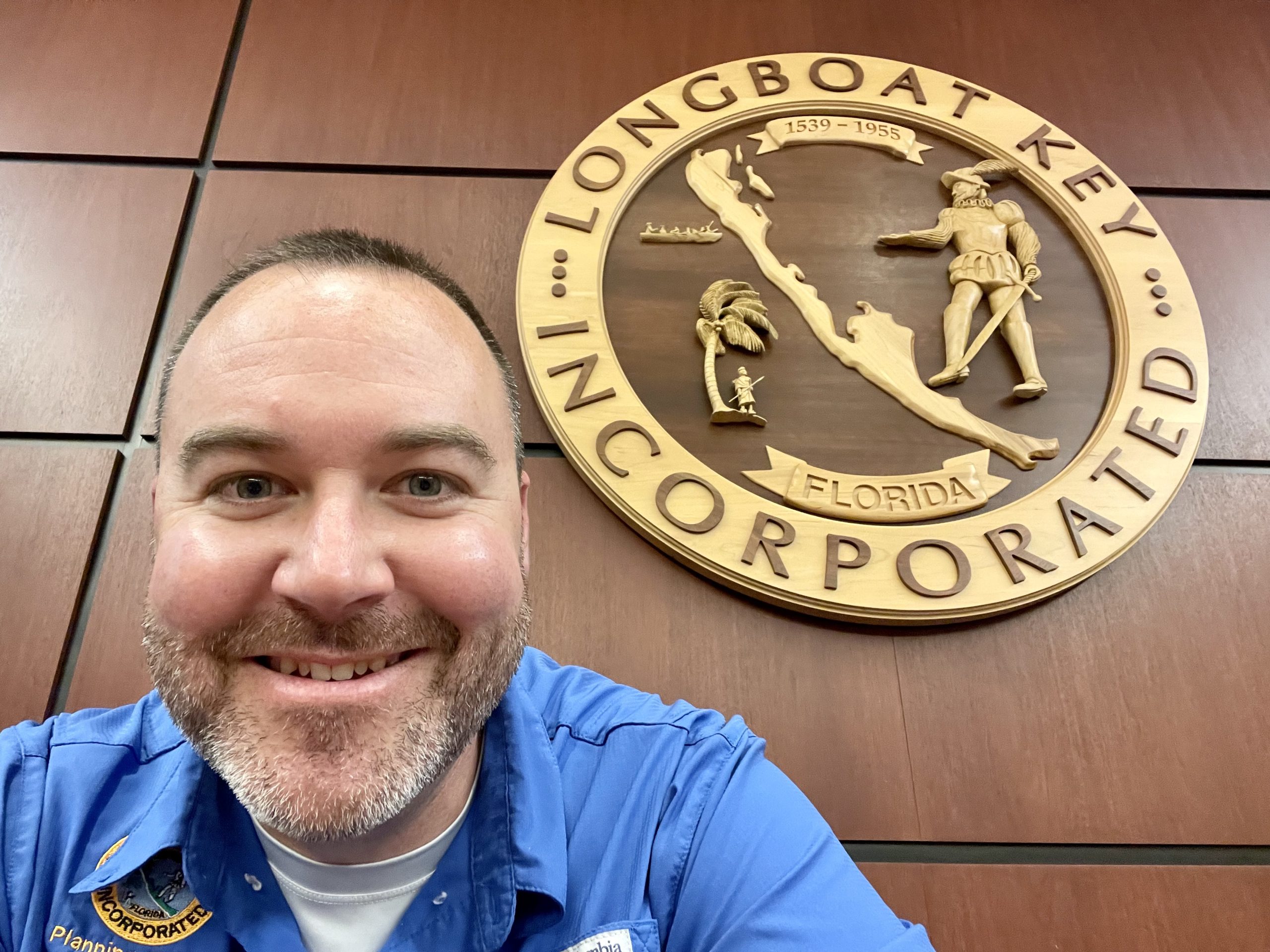
Chris Kopp, the only code enforcement officer for the Town of Longboat Key, prefers the latter method. His survey area is 11 miles long and hosts the second-highest number of disorientations in Florida. He recently spearheaded the effort to update the Town’s sea turtle lighting ordinance to reflect the Florida Department of Environmental Protection’s new Model Lighting Ordinance and regularly assists code enforcement officers across the state with doing the same. Below, we talk with Chris about how he manages his time as a department of one, his enforcement style, and his favorite sea turtle experience.
What is your education and career background?
I am Florida born and raised. I have over 20 years of combined military, law enforcement, and code enforcement experience. I served two tours on active duty in the U.S. Marine Corps. In 2007, I began my enforcement career with the Margate Police Department in Florida, before transferring to the Charlotte-Mecklenburg Police Department in North Carolina. In 2019, I turned my part time gig of teaching active shooter survival into a full-time business with Lockdown International. In 2020, I returned to Florida as the Code Enforcement Officer for the Town of Longboat Key. I hold a Master’s Degree in Criminal Justice Administration and several advanced certifications in the enforcement fields.
How did you end up as a code enforcement officer on Longboat Key?
I was looking for a career opportunity which allowed me to use my professional experience and desire to work with the community in public service. The Town of Longboat Key was always a beautiful place to visit during family vacations. Longboat Key gives you that small town feel with big cities amenities all around. Code Enforcement on Longboat Key checked all those boxes for me and my family.
What role do you play as code enforcement during sea turtle nesting season?
The Code Enforcement Division handles every aspect of sea turtle protection during nesting season. We write the ordinance, present ordinance changes to the Town Commission, educate the public on the ordinance, inspect properties for compliance, work toward voluntary compliance with property owners, issue citations, and even take property owners to a Special Magistrate Hearing. A lot of our work happens outside of sea turtle nesting season. Citations and Magistrate Hearings are always a tool for enforcement, but don’t always produce the best long-term results. If we can properly educate and prepare the community prior to the nesting season, then our violations tend to decrease. Our goal is to educate the community on why the rules exist, and work with violators to gain full compliance for the safety of sea turtles.
As you often say, you are a department of one. How do you manage all of the responsibilities of an entire department, especially during the height of nesting season?
Time management and community involvement are crucial in this position no matter the size of the department. However, I am not alone during the nesting season. Longboat Key Turtle Watch has a wonderful team of volunteers assisting our local FWC permit holder, Mote Marine Laboratory, with the daily morning monitoring of turtle nests. These volunteers provide outstanding communication about potential lighting and obstruction violations they observe. I also receive every FWC Marine Turtle Disorientation Report within 24 hours. All this information helps me focus my time in the needed hot spots.
What was the impetus for Longboat Key’s ordinance update and what was the process like?
There were a number of driving factors which caused the Town to update our Marine Turtle Protection Ordinance, with the biggest factor being our number of disorientations. It pains me to say that our Town has had the second highest number of disorientations in the entire state for years. We are not proud of this, and we are striving to change it. Other factors included the advancements in sea turtles research, the advancements in lighting technology, our increasing population, and other minor verbiage changes long overdue. The process was not as simple as making a couple of changes and applying the ceremonial rubber stamp. Each word in the ordinance can potentially affect sea turtles, our citizens, and other community stakeholders. We were calculated in our changes to ensure it was in everyone’s best interest. We had long discussions with our residents, our businesses, attorneys, lighting experts, window manufactures, tinting engineers, and our partners in sea turtle protection, including the Sea Turtle Conservancy. We wanted to get the entire community involved in creating an effective ordinance. It was an eight-month process, and we are proud of our final product.
How do you approach enforcing Longboat Key’s ordinance?
Voluntary compliance is the goal for every code enforcement officer. Once a violation is observed, we attempt to make an in-person or over-the-phone meeting. Many property owners in violation don’t know they are violating an ordinance. We want to educate them on the ordinance, how they are violating it, and how to come into compliance. This method also provides a much quicker compliance rate then using snail mail. The type of violation (i.e. lighting, furniture left on the beach, etc.) will determine our enforcement options. Items left on the beach can be tagged for removal or impounded. Citations can be written for each day a violation exists. A Notice of Code Violation letter may be mailed to the property owner which starts a legal process toward a Special Magistrate Hearing. A Magistrate can then access fines in the form of liens. We have used all methods to enforce our Marine Turtle Protection Ordinance.
What has been your most challenging sea turtle lighting case or violation that you’ve handled?
We have a repeat offender who continues to have lighting violations. The property is a short-term rental, owned by an out-of-state company. Zero communication from the company. We observe a violation, inform the renters about the ordinance, and then a week later a new renter arrives. We then observe another violation, inform the new renter about the ordinance, and you get the picture. We have issued numerous citations and have an active lien on the property. Not all violations have a success story. The other 99% of my interactions have positive, successful endings.
What do you think is the best part of your job?
The community. Community services was my specialty during my time in law enforcement. It is what I enjoy most – the interaction with everyone. No one wants to see the Code Enforcement Officer at their door or receive a violation in the mail. I understand my job from their perspective. I try to provide each person with some education, a smile, and some light humor.
Tell me about a meaningful sea turtle experience you’ve had.
Watching a massive sea turtle lay eggs or hatchlings exploding out of the nest like a bag of Jiffy Pop is just really cool to see. I am fortunate to see these things happen during nighttime inspections. I was able to rescue a couple of hatchlings trapped in the vegetation roots and being eaten by ants. The hatchlings were rehabilitated by Mote Marine Laboratory and released. It puts into perspective the “why” for me and my job responsibilities.
What advice do you have for code enforcement officers in coastal counties who want to implement lighting ordinance updates?
Your abilities as a Code Enforcement Officer are only as good as your ordinance is enforceable. Your ordinance needs to stay current with sea turtle research, lighting technology, and recommendations by our partners at the state level. The Model Lighting Ordinance was released as Florida Administrative Code 62B-55 on December 17, 2020. Does your ordinance reflect their recommendations? If not, then it’s time to update your ordinance. We are a brotherhood and sisterhood in the fight together. I’ve assisted other jurisdictions with updating their ordinances. Let me be a resource for you. My email is ckopp@longboatkey.org.
Written by Janet Nupp Hochella, long-time STC member and BIC volunteer. The 30 plus years of efforts on behalf of turtles earned Janet the prestigious Ed Drane Award for Volunteerism at the 2017 International Sea Turtle Society Symposium. Janet now resides in Melbourne, Florida where she can continue to pursue her passion – sea turtles!
—————————————————————————————————————–
From the first year that Guided Sea Turtle Walks were conducted at the Barrier Island Center, I have navigated the dark sandy beach at Bonsteel Park in hopes of finding a nesting loggerhead sea turtle for the guests, young and old, who have assembled from all parts of the state or the country. As a sea turtle walk scout, I never tire from the excitement of meeting new people. But more gratifying is finding a nesting loggerhead sea turtle to show the guests, most who have never seen a sea turtle in the wild, and to share in the guests’ enthusiasm and appreciation of this special reptile.
Guided Sea Turtle Walks offer a unique educational and outreach opportunity for participants. But sometimes, there is an added bonus. The loggerhead sea turtle that the Friday night scouting crew found on their first walk night of the 2021 season on June 4th was a very special sea turtle!
Early into the scouting, while the guests were listening to the educational slide presentation, Turtle South came upon a nesting loggerhead. Scott Beazley and Brandon Garrett radioed to Turtle North, Jenna Coven and me, that they had a small loggerhead digging her egg chamber which would be a good candidate to show the guests. The turtle was not far south of the Bonsteel ramp where the guests access the beach. The Lead, Cindy Pless, was notified and the guests were gathered to get to the beach and to the turtle in time to see the turtle dropping eggs into her egg chamber. This was a small turtle and she was moving right along, but the guests got there in time to see the egg laying process. Always interested in determining whether an observed turtle might have been encountered by the UCF Marine Turtle Research Group and under the FWC permit guidelines, I requested that we check, after the turtle finished camouflaging her nest, for tags – metal tags on one of the scutes of the inner edge of both the left and the right flippers, and most importantly, for a PIT (Passive Integrated Transponder) tag which could be located in any one of the four flippers. Most importantly because the sea turtle can “lose” the metal tags, but the internal tag is usually permanent and can be read with a PIT tag scanner.
Without the use of any light, Scott and I checked for the metal tags. There was none on the left front flipper…but, bingo, there was a flipper tag on the right front flipper! Because I also volunteer with the UCF MTRG and am permitted to check for tags, I grabbed my PIT tag scanner and immediately got a reading from the right front flipper. Finding a PIT tag is always exciting as it reveals there is a history with the turtle. This PIT tag was not in a series that I recognized so finding out the source of the PIT tag would be very intriguing and important. With only the use of the red headlamp to read the flipper tag and the PIT tag, I asked one of the scouts to copy the number to a clipboard that the Lead carries so that I could investigate the source of the tag numbers.
Upon checking with the University of Central Florida Marine Turtle Research Group who monitor and conduct sea turtle research on the Archie Carr National Wildlife Refuge, I was informed that this turtle most definitely had a history. Not only was the turtle seen on the Archie Carr National Refuge by the UCF researchers almost 18 years prior, she was originally encountered by a NOAA group in Florida Bay 21 years ago. I would need to contact Barbara Schroeder, National Sea Turtle Coordinator of NOAA-NMFS, for the particulars.
After several attempts through various channels, I was able to connect with Barbara Schroeder. I was thrilled to learn that the turtle we encountered was one that Barbara Schroeder herself has researched and documented over many years as part of the FFWCC/NOAA Florida Bay Sea Turtle Project.
(Photos courtesy of Barbara Schroeder, FWC/NOAA Sea Turtle Bay Project)
This small loggerhead has quite a backstory! Barbara Schroeder writes in an email “this turtle was first captured by us in Florida Bay in 2000, she was an adult then (you can see her length has not changed). In March 2013 we satellite tagged this turtle after ultrasound revealed she was preparing to breed that summer and she was seen nesting at ACNWR in June 2013 and of course her satellite tag data showed us the same. We named her “Shiver” as it was very cold in March 2013 when we captured her.” Summary records that Barbara Schroeder sent along in the email show that the turtle has been recorded as seen nesting on the Archie Carr National Wildlife Refuge in 2016, 2018, and now in 2021.
Shiver is a special turtle study with her history of being recaptured multiple times in Florida Bay and on the Archie Carr Refuge in multiple years. Shiver gained celebrity status with her own write up in Blair E. Witherington’s book Our Sea Turtles published by Pineapple Press in 2015. Dr. Witherington used Shiver’s data, provided by the FFWCC/NOAA Florida Bay Sea Turtle Project, to exemplify the reproductive migrations of sea turtles. In his book on page 123, Witherington writes “To track her movements over her upcoming nesting season, the researchers attached a satellite transmitter to Shiver’s carapace. Her broadcasts indicated that she left Florida Bay to enter the Atlantic in mid-April and moved along the Florida coast to the Archie Carr National Wildlife Refuge, covering the roughly 250 miles (400 km) trip in about two weeks. Shiver lingered off the refuge and deposited several clutches over an 11-week period. Not long after her last nest, Shiver set off for home, nearly reaching her home waters of Florida Bay after a three-week swim.” The photo to to the right, taken from the book, shows a photo of Shiver and her migratory path in 2013.
years. Shiver gained celebrity status with her own write up in Blair E. Witherington’s book Our Sea Turtles published by Pineapple Press in 2015. Dr. Witherington used Shiver’s data, provided by the FFWCC/NOAA Florida Bay Sea Turtle Project, to exemplify the reproductive migrations of sea turtles. In his book on page 123, Witherington writes “To track her movements over her upcoming nesting season, the researchers attached a satellite transmitter to Shiver’s carapace. Her broadcasts indicated that she left Florida Bay to enter the Atlantic in mid-April and moved along the Florida coast to the Archie Carr National Wildlife Refuge, covering the roughly 250 miles (400 km) trip in about two weeks. Shiver lingered off the refuge and deposited several clutches over an 11-week period. Not long after her last nest, Shiver set off for home, nearly reaching her home waters of Florida Bay after a three-week swim.” The photo to to the right, taken from the book, shows a photo of Shiver and her migratory path in 2013.
As sea turtles generally nest every two years, Shiver probably won’t be encountered on her nesting beach this year. Finding her again in the 2023 Sea Turtle Nesting Season would truly be a stroke of luck with the hundreds of loggerheads that nest multiple times every season on the Archie Carr National Wildlife Refuge. But the Sea Turtle Conservancy Barrier Island Center Sea Turtle Scouts will be out there again this 2022 season. Who knows what sea turtle we will encounter on our guided sea turtle walk night. All of the sea turtles are special! Like Shiver!
Further information on Referenced Organizations:
Archie Carr National Wildlife Refuge – https://conserveturtles.org/archie-carr-national-wildlife-refuge-refuge-sea-turtles/
FWC – https://myfwc.com/research/wildlife/sea-turtles/research/fl-bay-population-study/
NOAA – https://www.fisheries.noaa.gov/sea-turtles
Sea Turtle Conservancy Barrier Island Sanctuary – https://conserveturtles.org/barrier-island-education-center/
University of Central Florida Marine Turtle Research Group – https://sciences.ucf.edu/biology/marineturtleresearchgroup/?fbclid=IwAR32HUqbqY0RdEe2pcZeTN3Zk3meCYavHVvAvxq7v5mLmQmaKEl_1JU_Qow
Introducing the winning photos from our 2022 Sea Turtle Calendar Contest! Thank you so much to everyone who entered this year’s contest. It gets harder every year to narrow down hundreds of beautiful images to only 13 photos! Calendars will be for sale in our online gift shop in later November or early December. We will post the link once they’re live!
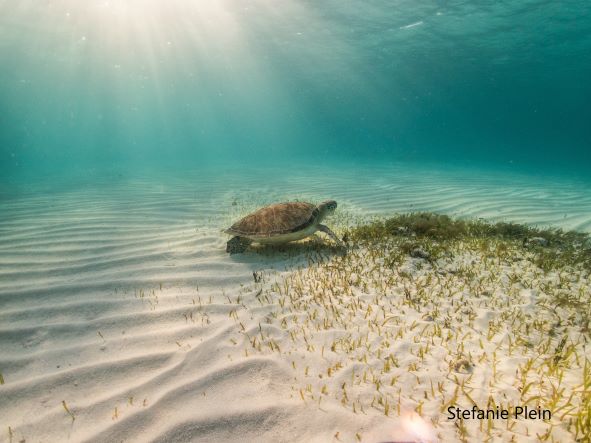
COVER PHOTO – STEFANIE PLEIN
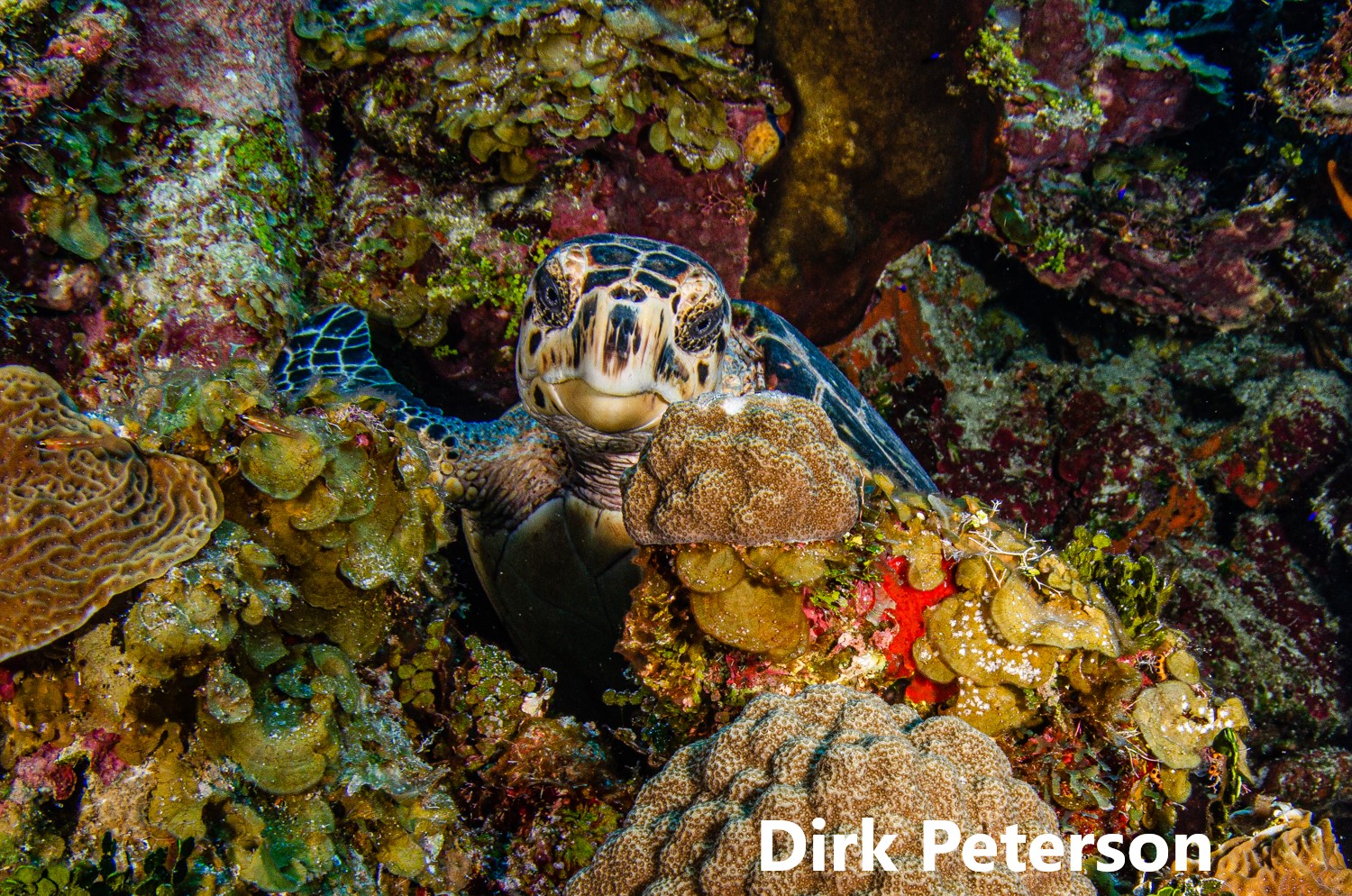
JANUARY – DIRK PETERSON
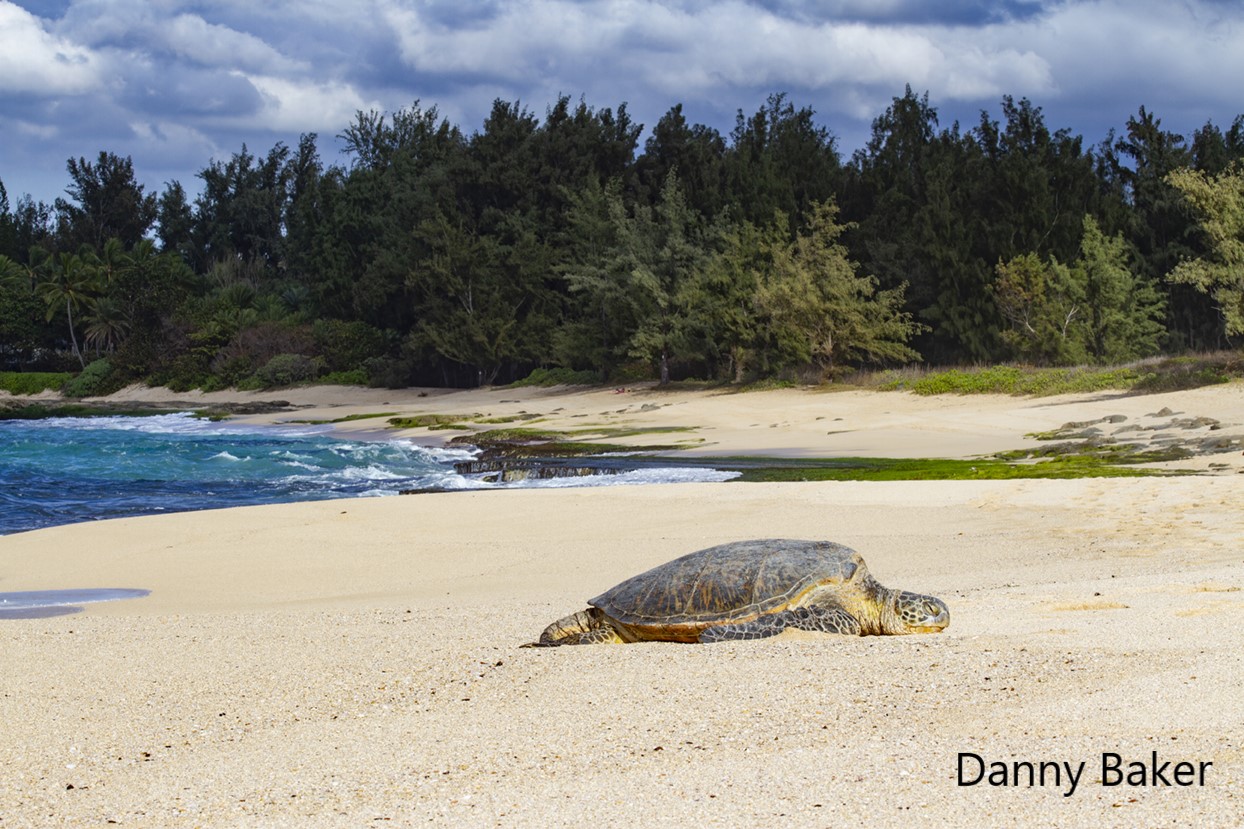
FEBRUARY – DANNY BAKER
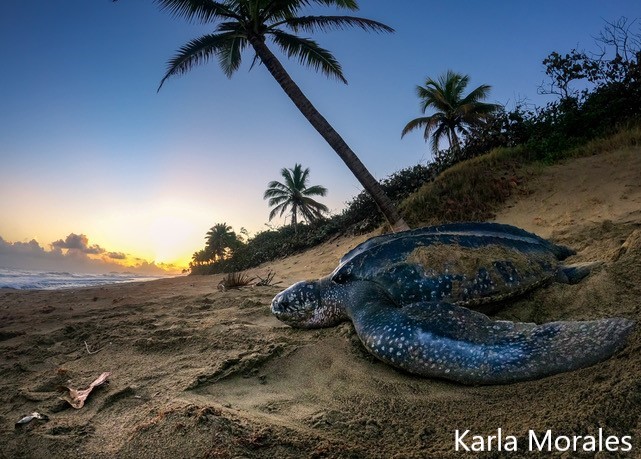
MARCH – KARLA MORALES
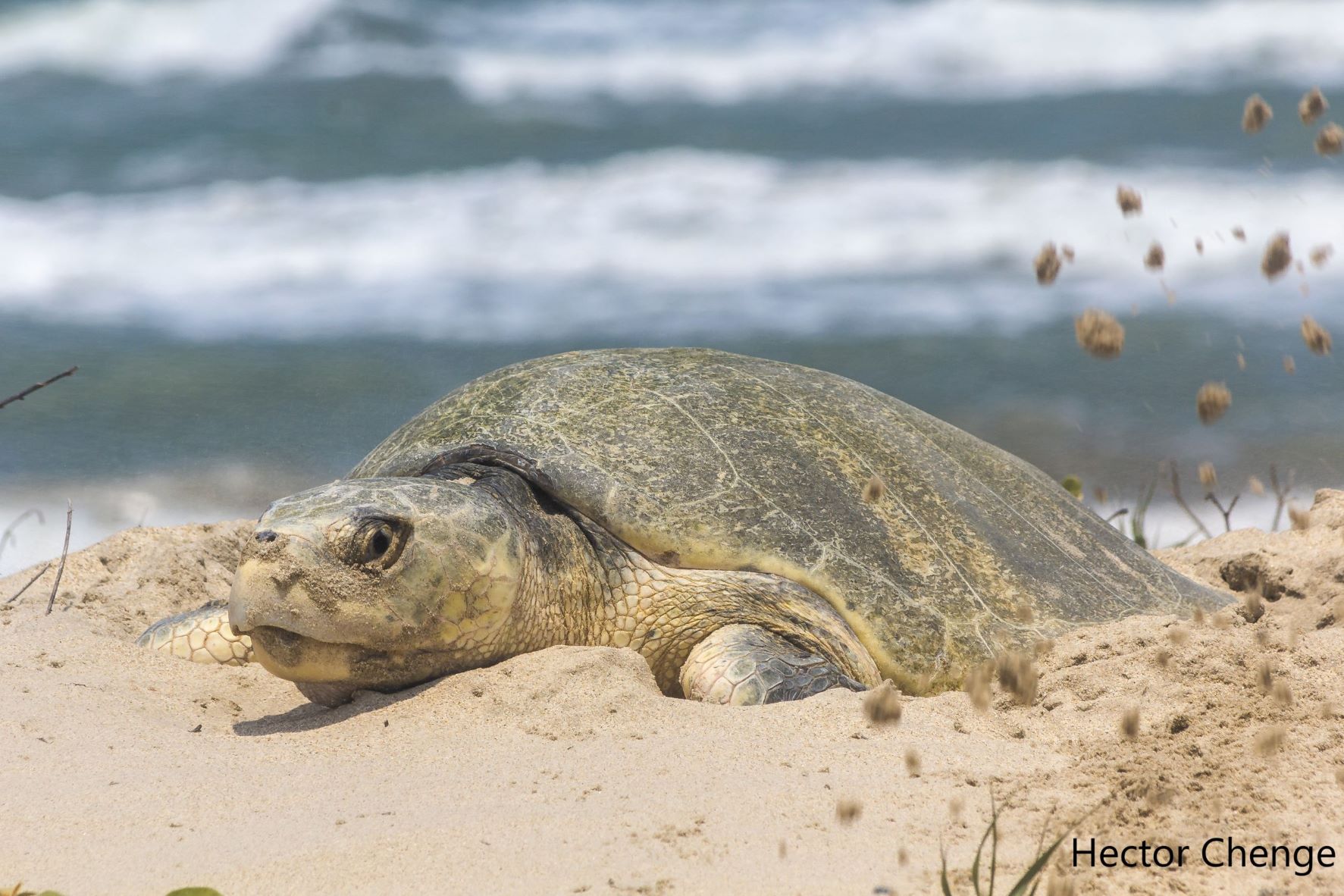
APRIL – HECTOR CHENGE
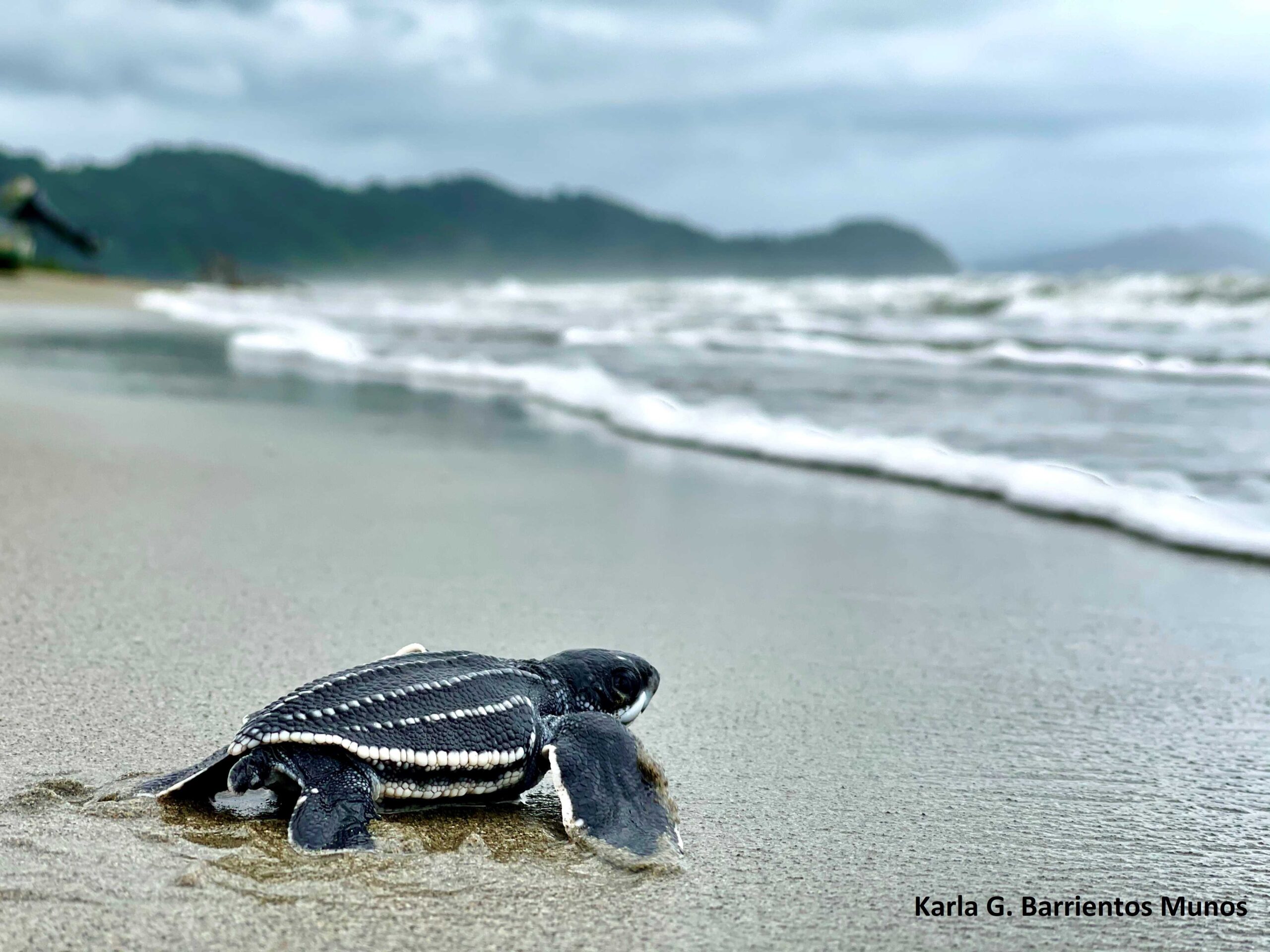
MAY – KARLA G. BARRIENTOS-MUNOS
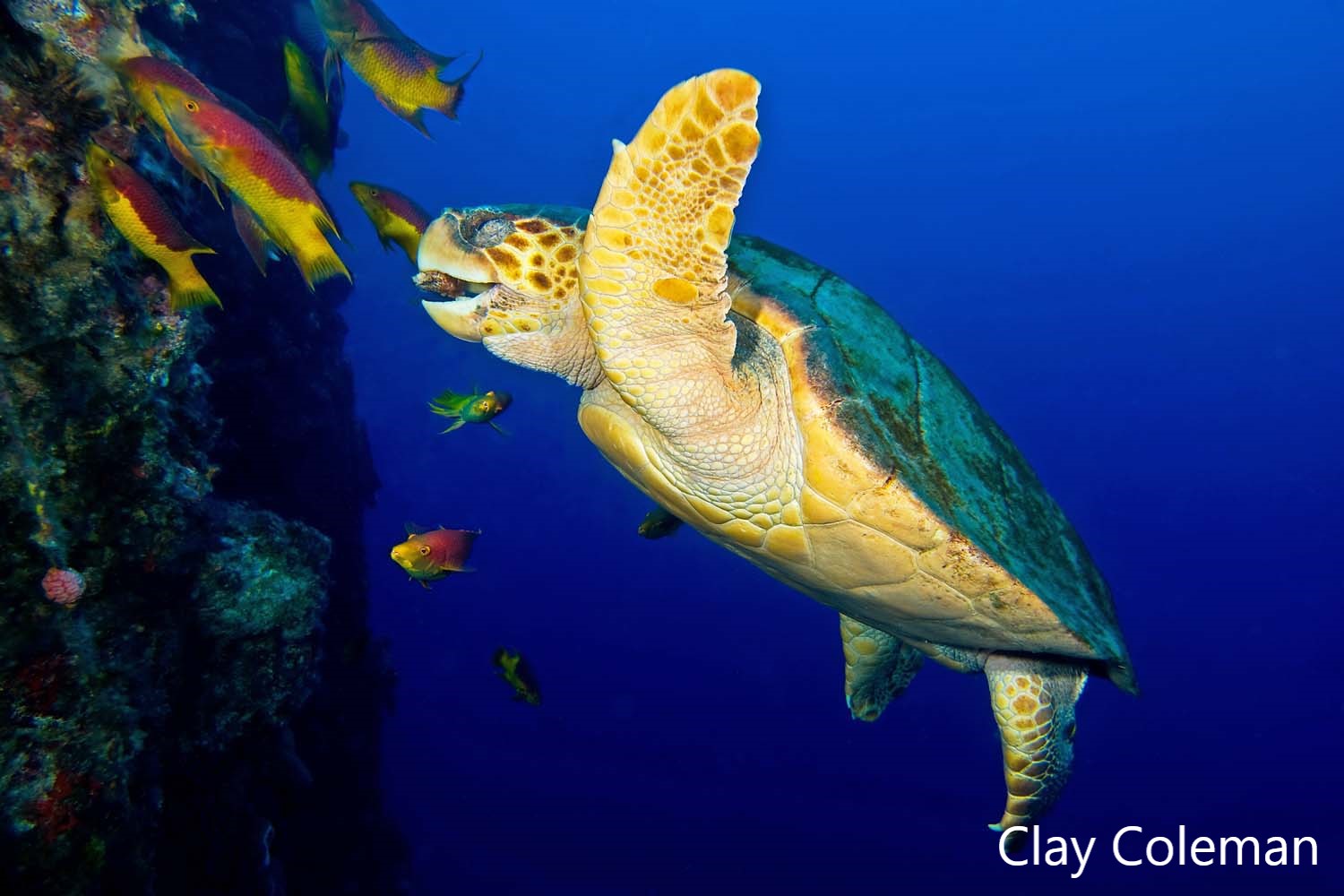
JUNE – CLAY COLEMAN
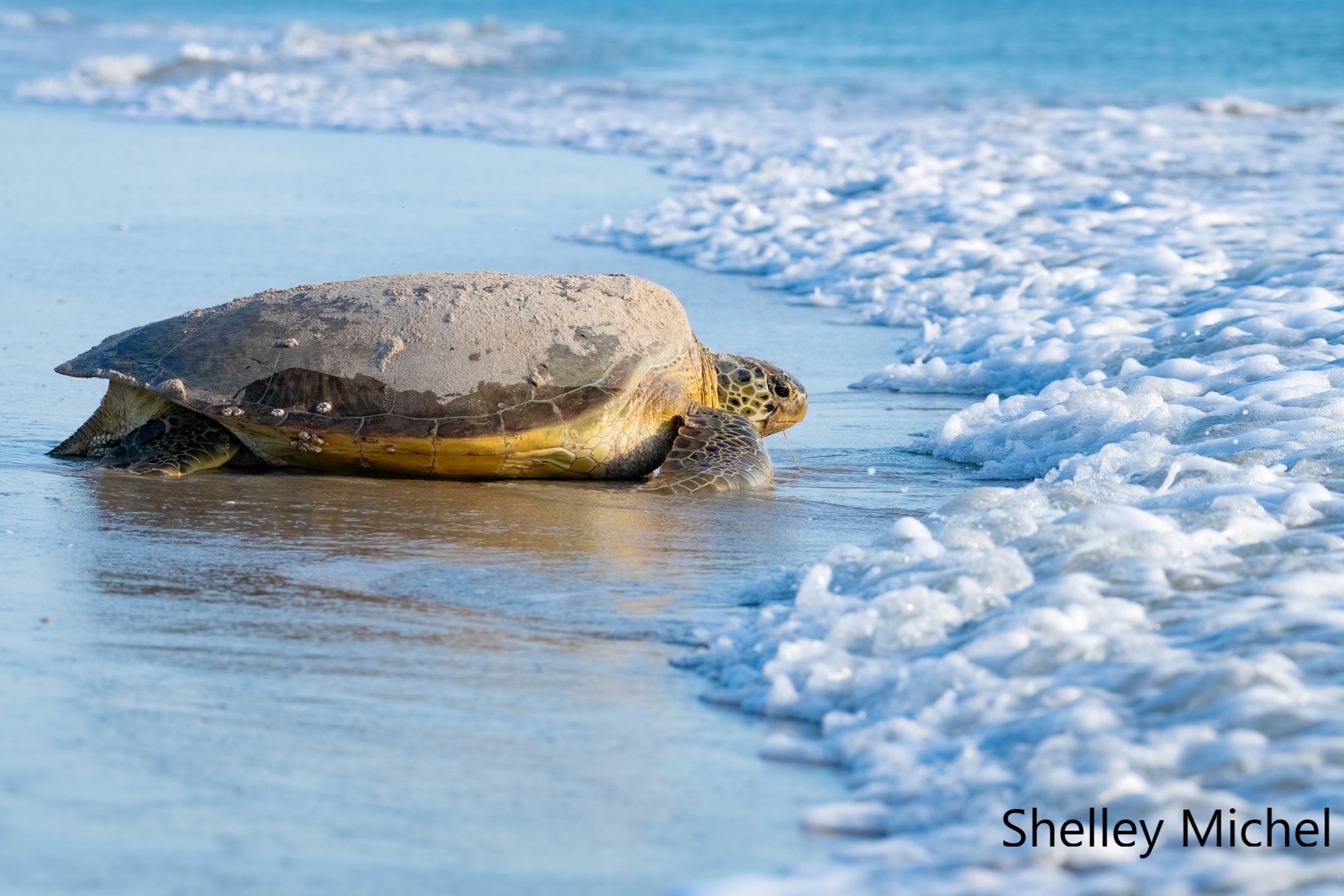
JULY – SHELLEY MICHEL
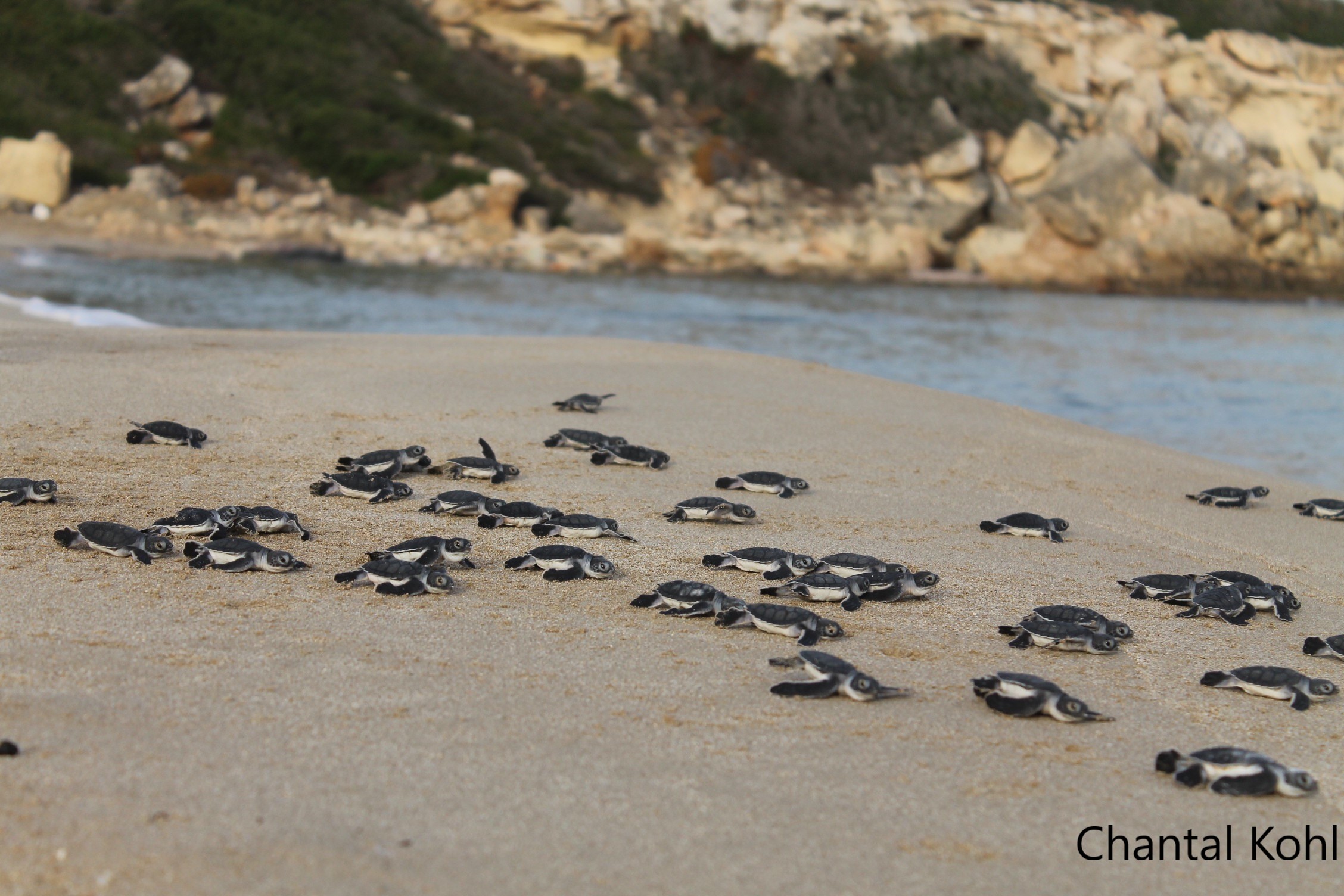
AUGUST – CHANTAL KOHL
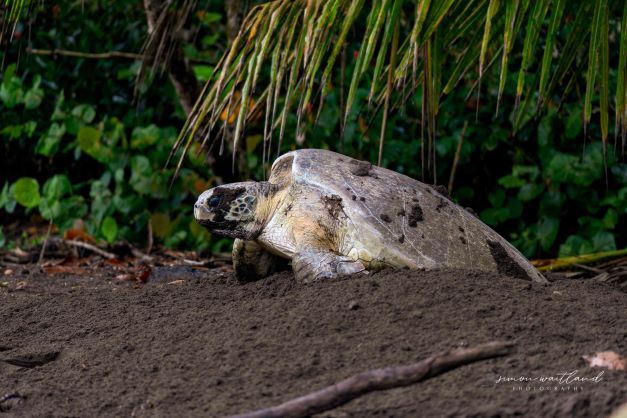
SEPTEMBER – SIMON WAITLAND
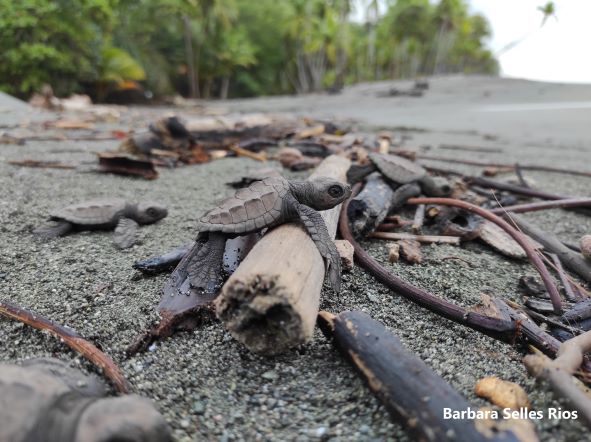
OCTOBER – BARBARA SELLES RIOS
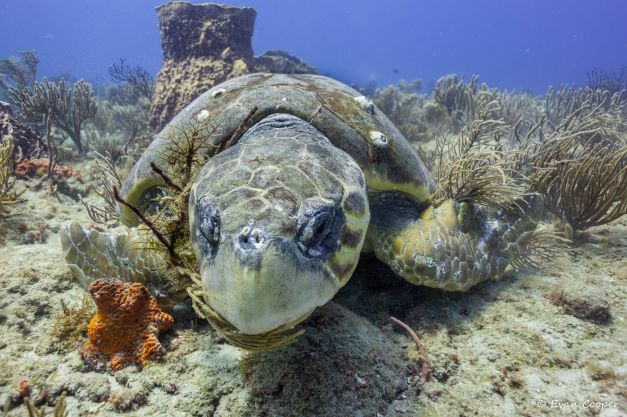
NOVEMBER – EVAN COOPER
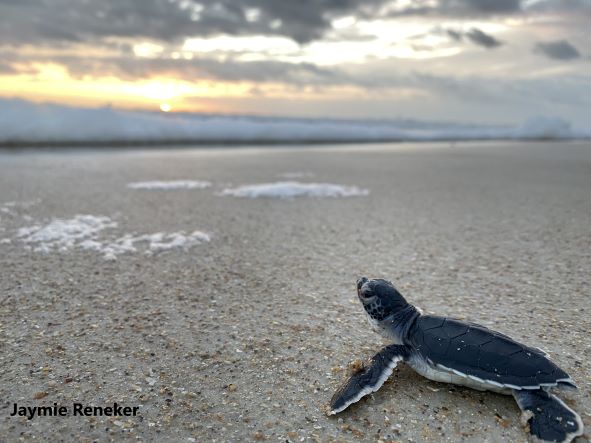
DECEMBER – JAYMIE RENEKER
Sea Turtle Conservancy (STC) is proud to announce another top rating from Charity Navigator, the leading evaluator of non-profit groups in the United States. STC received 4 out of 4 stars for the 14th year, indicating that our organization adheres to good governance and other practices that minimize the chance of unethical activities and consistently executes our mission in a fiscally responsible way.
“The Board and staff of Sea Turtle Conservancy take great pride in our consistent high ratings from Charity Navigator,” said David Godfrey, STC Executive Director, “and it gives our donors confidence that their contributions are being managed wisely to the maximum benefit of sea turtles.”
According to Charity Navigator, a 4 star rating is an ‘exceptional’ designation, and differentiates Sea Turtle Conservancy from its peers and demonstrates to the public it is worthy of their trust. STC spends almost 90 cents of every dollar donated directly on research, conservation and education programs. STC’s commitment to transparency, good governance and fiscal responsibility ensures that donations are used in an efficient manner to support conservation programs.
“We are proud to announce Sea Turtle Conservancy has earned our fifth consecutive 4-star rating,” says Michael Thatcher, Charity Navigator CEO. “This is our highest possible rating and indicates that your organization adheres to sector best practices and executes its mission in a financially efficient way. Attaining a 4-star rating verifies that Sea Turtle Conservancy exceeds industry standards and outperforms most charities in your area of work. Only 18% of the charities we evaluate have received at least 5 consecutive 4-star evaluations, indicating that Sea Turtle Conservancy outperforms most other charities in America. This exceptional designation from Charity Navigator sets Sea Turtle Conservancy apart from its peers and demonstrates to the public its trustworthiness.”
STC’s rating and other information about charitable giving are available free of charge on Charity Navigator’s website here.
Florida’s globally-important sea turtle populations face myriad anthropogenic threats, with coastal armoring and artificial lighting being among the most urgent. During the 2021 Florida Legislative Session held in March and April, Sea Turtle Conservancy (STC) advocated against two bills that would have greatly worsened both of these threats.
One of the bills (HB 1133 and SB 1504 – Coastal Construction and Preservation) sought to weaken the regulation of coastal armoring, which would have facilitated a rapid expansion of sea wall construction along important sea turtle nesting beaches in Florida. Seawalls block turtles from reaching the upper portion of the beach, causing them to nest in less-than-optimal nesting areas lower on the beach where their nests are more susceptible to waves and inundation.

In addition, studies have shown that fewer turtles emerge onto beaches with seawalls than onto adjacent, non-walled, natural beaches. Sea walls also disrupt natural beach dynamics and increase the rate of erosion down the beach. This can create a ‘domino effect’ that necessitates more and more seawalls, destroying sea turtle and shorebird nesting habitat.
Introduced by Representative Tom Leek and Senator Tom Wright, whose districts include parts of Volusia and Brevard Counties, the bill would have eliminated any consideration of whether upland structures are actually vulnerable to erosion before qualifying for a sea wall. If a beachfront property owner requested a permit to build a sea wall (or sought a permit for a wall already installed illegally), the Florida Department of Environmental Protection (FDEP) would be forced by law to grant the permit. This process would result in no consideration of impacts to the beach, neighbors, other natural alternatives or federally protected sea turtles.
After STC learned of the bill, Executive Director David Godfrey and Holly Parker-Curry with Surfrider Foundation met with the primary bill sponsor. As is often the case with short-sighted legislation like this, the bill was designed to appease a particular group of local constituents whose request for a sea wall permit was denied because their homes are not actually vulnerable or eligible for sea walls. In attempting to resolve a narrow local issue, the sponsors were willing to roll back protection for sea turtles and coastal habitat throughout Florida.
Following vocal opposition by STC and our colleagues, both the House and Senate versions of the bill died in their first committees. However, this issue is likely to come back during future legislative sessions, as beachfront property owners continue to face the impacts of sea level rise and coastal erosion in Florida. STC will continue to advocate for natural solutions to this worsening problem, including the use of living shorelines, beach nourishment, managed retreat from heavily eroding beaches and stricter policies on where people can build on the coastline.
Another bill sought to strip local governments of their ability to regulate certain building design elements on private homes. This developer-backed legislation was not intended to directly impact sea turtles, but the wording was so vague that it would have inadvertently eliminated the ability of coastal counties and municipalities to enforce sea turtle lighting regulations. Language in the bill would have prevented local governments from regulating any “exterior nonstructural architectural ornamentation” on single- and two-family homes in Florida. The bill, S.B. 284 and H.B. 55 – Building Design, was introduced by Senator Keith Perry and Representative Toby Overdorf. Since the exterior lighting used on homes would fall under definitions contained in the bill, if passed the legislation would have undermined all local sea turtle protection ordinances that prohibit unshielded white lights during sea turtle nesting season, which could result in an increase in sea turtle disorientations statewide.
After alerting the Florida Fish and Wildlife Conservation Commission’s (FWC) Legislative Affairs office about the potential impacts of the bill, STC drafted an amendment that, if added to the legislation, would ensure sea turtle protection ordinances remained intact. Despite numerous attempts to get the bill’s sponsors to acknowledge the unintended glitch and support our amendment, this approach was getting us nowhere. Eventually, STC contacted Senate Majority Leader Debbie Mayfield, whose district includes the Archie Carr National Wildlife Refuge in Brevard and Indian River Counties. Senator Mayfield took the issue very seriously, knowing how important sea turtles are to her constituents.
With her leadership, STC’s amendment was eventually added to version of the bill that eventually passed. STC is appreciative of all of our partners at FWC, the Surfrider Foundation, Florida Conservation Voters and within the Legislature who moved this amendment forward. We are particularly grateful to Sen. Mayfield for her leadership on this matter.
Although STC’s work on these two bills resulted in good outcomes for sea turtles in 2021, another round of bad bills for sea turtles is likely to arise next year. If a proposal is particularly damaging to sea turtles, STC will alert its members and followers and encourage them to contact representatives in the Legislature. We have defeated harmful proposals together in the past, and we are confident that we will have the same success in the future.
Make sure you subscribe to our e-newsletter and/or follow us on social media @conserveturtles to receive Action Alerts and other legislative updates. Email lexie@conserveturtles.org with questions or to sign up now!
Fahlo, previously branded as Wildlife Collections, is the exclusive turtle tracking jewelry partner of the Sea Turtle Conservancy and donates 10% of net profits from every turtle bracelet sold to STC. Thanks to our partnership, Wildlife Collections has donated almost $300,000 towards our sea turtle conservation programs!
Wildlife Collections was created in 2018 by two childhood best friends, Daniel Gunter and Carter Forbes. They wanted a way to get more people involved in saving wildlife, so they came up with the idea of their popular animal tracking bracelets. Each bracelet comes with a card that gives customers the name, picture, and backstory on their animal, along with a QR code that allows them pull up a tracking map on their phone or computer, showing where their animal is in the world! 10% of net profits of each bracelet are donated to the organization associated with the animal on the bracelet. “By combining a tangible bracelet and interactive tracking experience, our goal is to educate customers about wildlife and excite them about conservation,” said Forbes.
Helping raise money and awareness for all endangered wildlife species is the overall mission at Wildlife Collections. Along with sea turtles, Wildlife Collections also supports elephants and polar bears through the sale of their tracking jewelry. “Since plastic pollution in the ocean is at an ever-increasing rate, we felt that raising awareness for the rapid decreasing population of sea turtles was a great place to start,” said Gunter. “With some in-depth research of trying to figure out what organization would have the biggest impact on saving sea turtles, we set our sights on the Sea Turtle Conservancy as the clear choice to partner with!”
The partnership between STC and Wildlife Collections continues to grow each year! In 2020, Wildlife Collections adopted and named two satellite-tracked turtles as part of STC’s Tour de Turtles program. Robin, an endangered green turtle, and Leia, a loggerhead turtle, were both equipped with satellite transmitters after nesting in the Archie Carr National Wildlife Refuge in July 2020. This year, Wildlife Collections is once again adopting and naming two more turtles! Their first turtle is named Vesper, an endangered leatherback turtle who nested on Jupiter Island, FL in May 2021. Their second turtle is a loggerhead that will be tagged and released from the Archie Carr National Wildlife Refuge in July 2021.
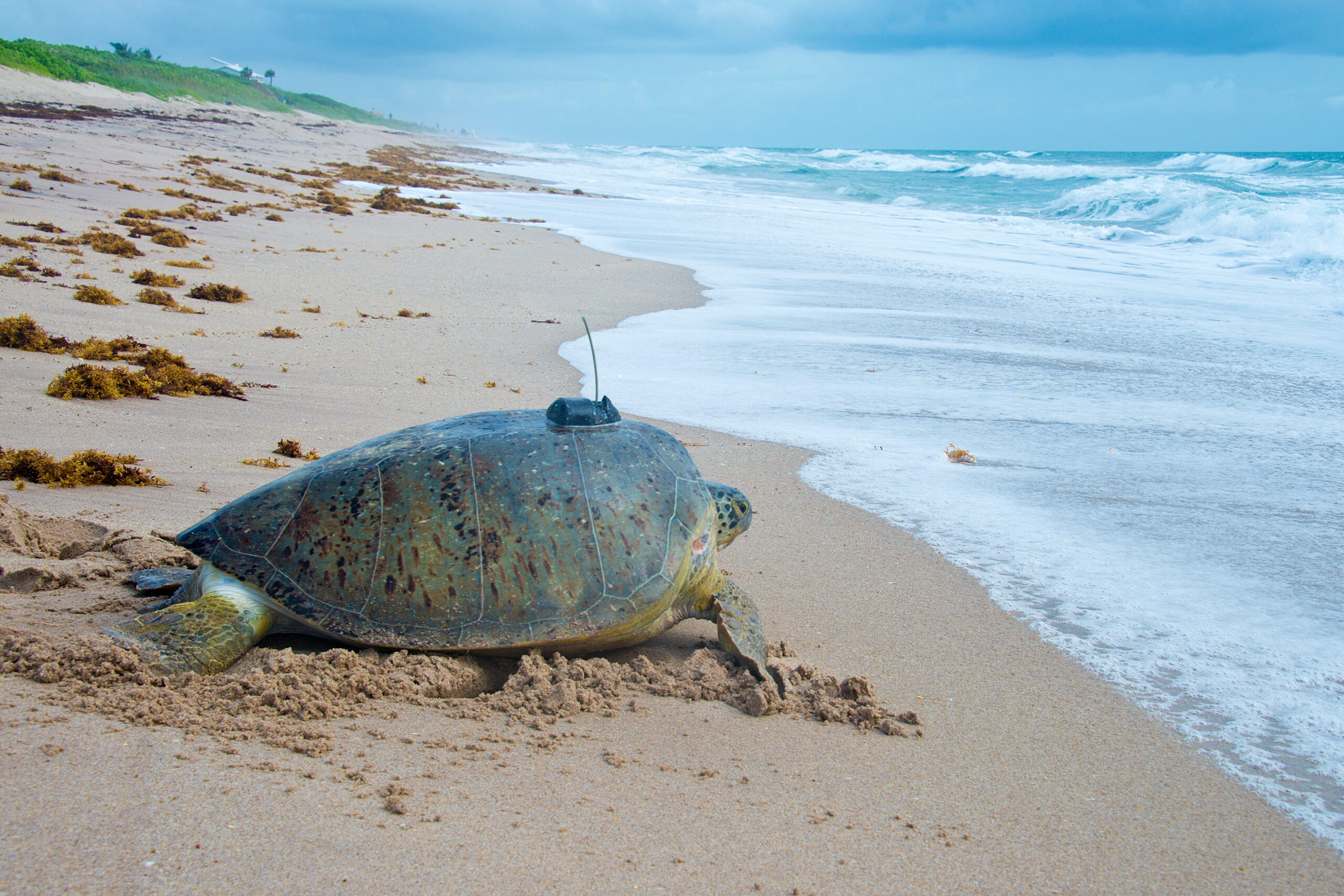
“The STC has been an amazing organization to work with. We love getting updates from their team about new turtles that have been rescued or new conservation efforts that are going on,” says Gunter. Our mission is to continue to spread the word about endangered species and encourage people to lean towards wildlife conservation. Our goals are to expand that mission to more people every year and continuously make a larger impact in saving wildlife!”
To purchase your own turtle tracking bracelet and support STC, visit www.wildlifecollections.com/collections/save-the-turtles/products/the-journey-bracelet
**UPDATE 4/30/21 – Hope was encountered nesting again but unfortunately her new transmitter was no longer attached. It seems the attachment method failed or the transmitter came off while Hope was mating. However, we remain HOPEFUL that we will encounter Hope yet again and get one last try at satellite tracking her long-term. The scientific data she could provide would truly be invaluable!**
After a 17,000 km round trip migration up to the coast of New Jersey and down towards the Caribbean, leatherback turtle “Hope” returned to Jupiter Island, FL to nest just 1.5 km from her previous nest, which she laid in May 2020. Leatherback turtles typically nest every 2-3 years, and it’s very rare for one to nest in consecutive years. This is the first time researchers have had the chance to track a leatherback turtle that’s nested consecutive years!
Hope was equipped with a satellite transmitter last May by researchers from the Sea Turtle Conservancy (STC) and Florida Leatherbacks, Inc. as part of STC’s annual Tour de Turtles “migration marathon” education program. The satellite transmitter allows the researchers and the public to track Hope’s location online and follow her migration. Hope was sponsored and named by Turtle & Hughes, Inc., a fourth generation family-owned business and one of the nation’s largest electrical and industrial distributors.
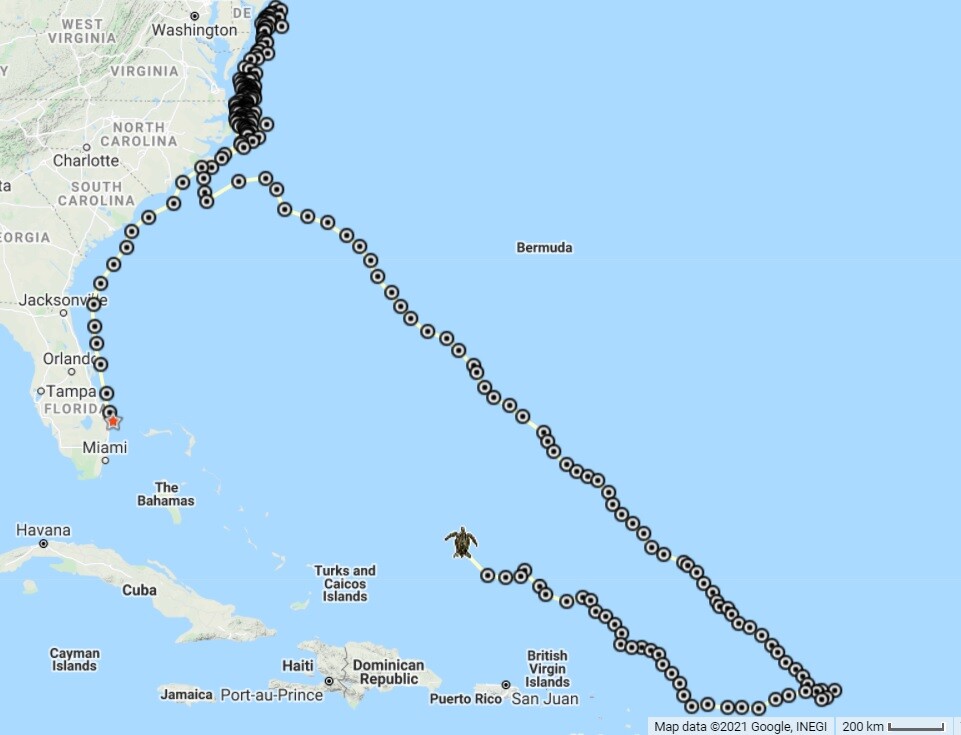
Hope’s original migration map which shows the location she stopped transmitting.
“Hope provides an incredible opportunity to track the same leatherback a second time from a nesting beach,” said Dr. Daniel Evans, STC Research Biologist. “She was an interesting turtle to follow in 2020, so we are excited and curious to see whether or not she follows her previous path.”
Hope developed a legion of dedicated fans who enjoyed checking her location online every day and following her incredibly unique track.
After transmitting for nearly nine months, Hope’s location stopped updating while she was located about 250 miles north of Puerto Rico. This can happen for a number of reasons—the tracking device may be damaged, have fallen off completely, or could be covered in biofouling which prevents it from sending a signal. Hope’s fans stood by hoping to see her signal come back online one day. Researchers were also hopeful she would start transmitting again, as her track indicated she may be returning to Florida, which would be an extremely unique event.
With no signal from Hope for almost two months, researchers from Florida Leatherbacks, Inc. were surprised when they came across a familiar turtle during their nightly track survey on March 29. It was Hope! It turns out, her satellite transmitter had fallen off, but they were able to identify her by her metal flipper tags and a PIT tag, or microchip. They were able to re-apply a satellite transmitter to continue tracking her, a very rare opportunity.
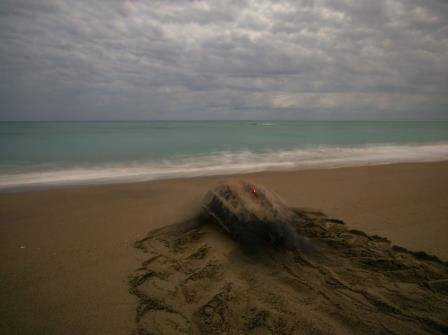
Hope the leatherback returns to the ocean after nesting. Photo credit Chris Johnson, Florida Leatherbacks
“We were incredibly excited and honestly quite shocked when the team found her again this year,” said Kelly Martin of Florida Leatherbacks Inc.” “We were even more thrilled that we had another satellite transmitter ready to go. This is the first time we have been able to track an endangered leatherback that has nested two years in a row and provides a very unique opportunity to look at behaviors that aren’t usually easy to track.”
As of Monday April 5, Hope is located about 30km east of the Ft. Pierce inlet in 128ft deep water. Since tagging last May, she has traveled more than 18,000 kilometers. The public can track Hope online at www.trackturtles.com/hope
**UPDATE 4/30/21 – Hope was encountered nesting again but unfortunately her new transmitter was no longer attached. It seems the attachment method failed or the transmitter came off while Hope was mating. However, we remain HOPEFUL that we will encounter Hope yet again and get one last try at satellite tracking her long-term. The scientific data she could provide would truly be invaluable!**

The Sea Turtle Grants Program (STGP), funded by the sale of Florida’s “Helping Sea Turtles Survive” specialty license plate, recently awarded $415,463.82 to 26 different projects benefiting Florida sea turtles as part of the 2021-2022 grant funding cycle. Since it’s inception, the Sea Turtle License Plate Grants Program has awarded more than $6.5 million to conservation projects.
Each year, the Sea Turtle Grants Program distributes money to coastal county governments, educational and research institutions and nonprofit groups through a competitive application process. The sea turtle specialty license plate is also the primary source of funding for the Florida Fish and Wildlife Conservation Commission’s Marine Turtle Protection Program.
The following organizations received grants for their approved projects for the 2021-2022 cycle:
The sea turtle plate is the number three overall selling specialty tag in Florida, and the number one environmental specialty plate. By purchasing the sea turtle specialty license plate, Floridians are voluntarily funding important programs to save endangered sea turtles and their habitats.
To learn more about the Sea Turtle Grants Program and the “Helping Sea Turtles Survive” specialty license plate, please visit www.helpingseaturtles.org.
Florida’s sandy beaches are unlike any place in the world. More than 100 million people visit them each year, making them the main economic driver for our state. They provide coastal recreation, bring aesthetic beauty and infuse billions of dollars into our economy each year. Florida’s sandy beaches are part of our state’s identity and our economic health.
At the same time, Florida’s beaches provide the most important nesting habitat for loggerhead sea turtles in the world. For those of us lucky enough to have witnessed a sea turtle crawling out of the sea at night to lay her eggs, or to have seen a nest of tiny hatchlings emerge from their nest and instinctively charge toward the water, you know how special Florida is for threatened and endangered sea turtles. All sea turtle species that nest in Florida are protected by both State and Federal law. These laws also protect their nesting habitat, meaning it is unlawful for things like sea wall construction to destroy this habitat.
A bill introduced recently in the Florida House and Senate (H.B. 1133 and S.B. 1504) seeks to deregulate coastal armoring, allowing for the rampant proliferation of sea wall construction around the coastline of Florida. No sandy beach would be safe. If approved, this bill would convert Florida’s coastline to concrete to protect the thin ribbon of pricey properties built on the beachfront – all while risking Florida’s economy; cutting off beach access for Floridians and tourists; and decimating the most important habitat for loggerhead turtles in the world.
For decades, bipartisan leaders of Florida have recognized the value of our sandy beaches. Sea walls and other forms of “hard armoring” to protecting upland property from erosion have been viewed as a last resort option because of how much is sacrificed once you erect a wall on the beach. Once installed, sea walls disrupt the natural beach dynamics and rapidly increase the rate of erosion down the beach—creating a “domino effect” that necessitates more and more sea walls—destroying sea turtle and shorebird nesting habitat, cutting off public access and eliminating the aesthetic, recreational and economic value of the coast for everyone.
The bills filed by Representative Tom Leek and Senator Tom Wright, whose districts include parts of Volusia and Brevard Counties, represent a complete abandonment of the thoughtful management of Florida’s natural, sandy beaches. They are a major threat to Florida’s wildlife and Florida’s economy, and they should be withdrawn from consideration.
What these bills would do is eliminate any real consideration of whether upland structures are actually vulnerable to erosion before qualifying for a sea wall. If a beachfront property owner requests a permit to build a sea wall (or seeks a permit for a wall already installed illegally), the Florida Department of Environmental Protection would be forced by law to grant the permit. No consideration of impacts to the beach, no consideration of impacts to neighbors, no consideration of other alternatives and certainly no consideration of federally protected sea turtles.
We need your help to stop this horrible legislation from moving forward. Please contact bill sponsors Representative Tom Leek and Senator Tom Wright and tell them to remove this bill from consideration in order to protect Florida’s wildlife and way of life.
Senator Tom Wright
District Office: (386) 304-7630
Satellite Office: (386) 304-7630
Tallahassee Office: (850) 487-5014
Email: wright.tom.web@flsenate.gov
Representative Tom Leek
Capitol Office: (850) 717-5025
District Office: (386) 238-4865
Email: Tom.Leek@myfloridahouse.gov
If you would like to contact STC staff about these bills, email David Godfrey (david@conserveturtles.org) or Stacey Gallagher (Stacey@conserveturtles.org).
Introducing the winning photos from our 2021 Sea Turtle Calendar Contest! Thank you so much to everyone who entered this year’s contest. It gets harder every year to narrow down hundreds of beautiful images to only 13 photos! Calendars will be for sale in our online gift shop in November. We will post the link once they’re live.
COVER PHOTO – BEN HICKS
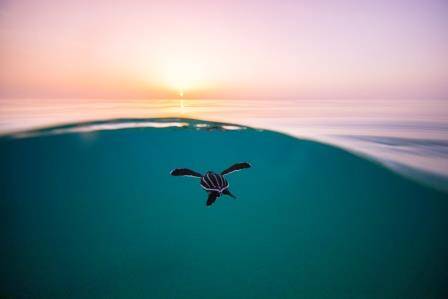
JANUARY – MARIO CISNEROS

FEBRUARY – ADHITH SWAMINATHAN
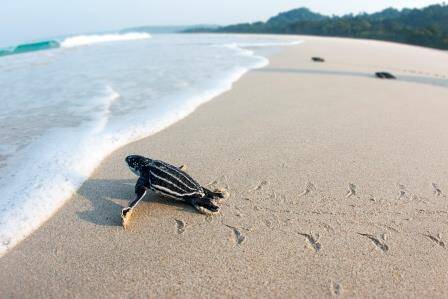
MARCH – HECTOR CHENGE

APRIL – KATHY WIANKE

MAY – BARBARA SELLES
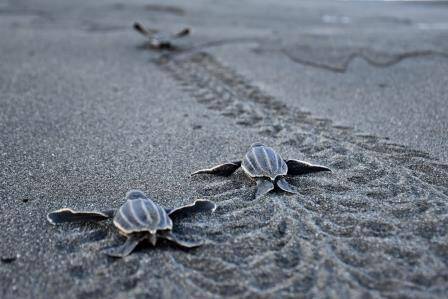
JUNE – KARLA G. BARRIENTOS MUNOZ

JULY – CHRISTIAN MARTINEZ
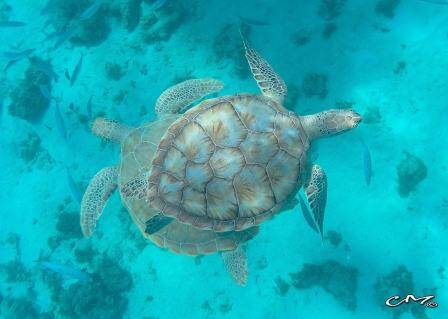
AUGUST- MARIO CISNEROS

SEPTEMBER – ADHITH SWAMINATHAN

OCTOBER – RALPH PACE

NOVEMBER – ARGHYA ADHIKARY

DECEMBER – STEFANIE PLEIN

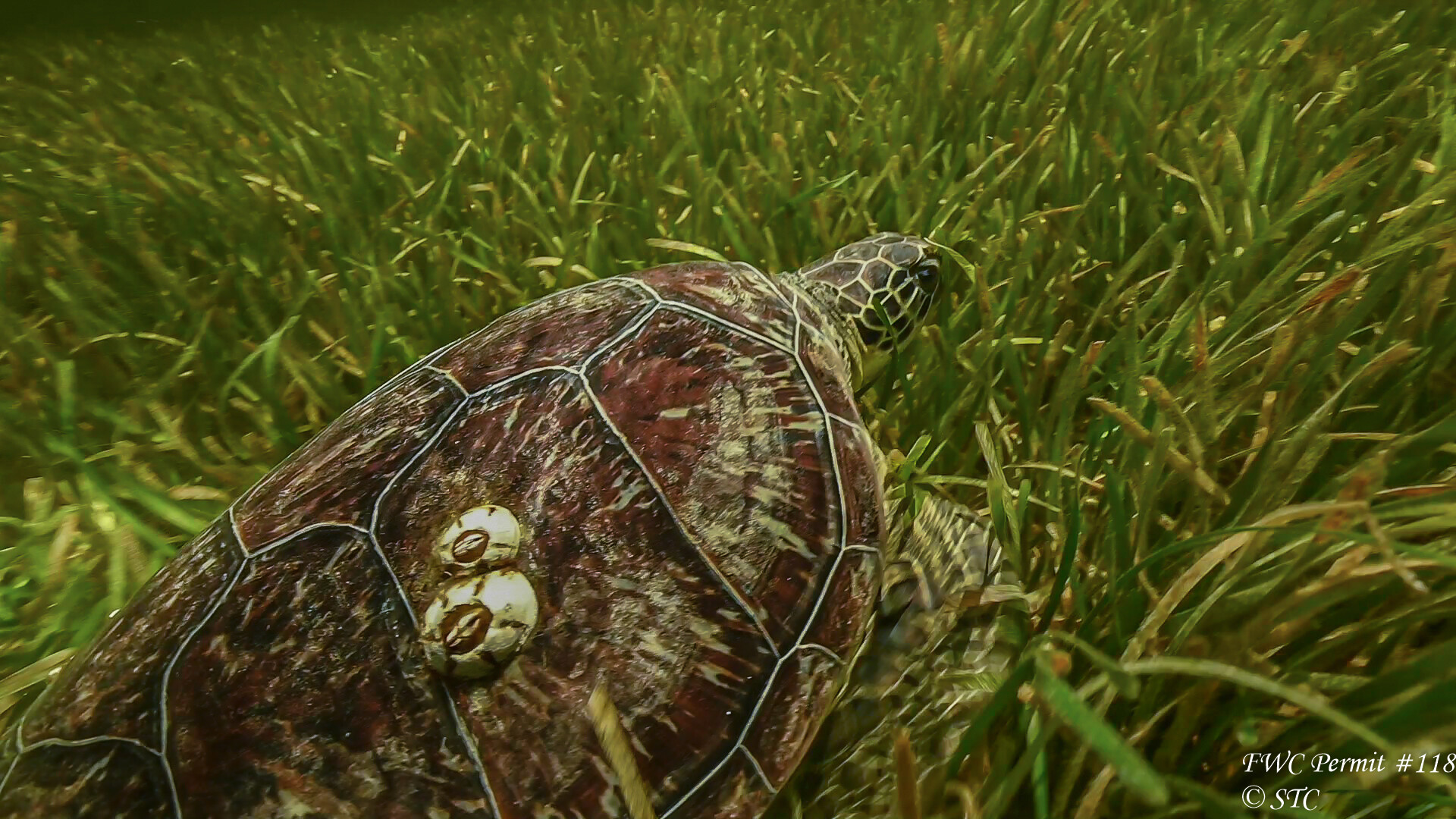
The coastal waters off of Florida’s Big Bend are a developmental habitat for juvenile sea turtles. Pictured here is a juvenile green turtle exploring a shallow seagrass bed.
In May 2019, Florida Governor Ron DeSantis signed Section 338.2278, which created the Multi-Use Corridors of Regional Economic Significance (M-CORES) Program. This program proposes that the Florida Department of Transportation (FDOT) build three new toll highways, which would permanently destroy some of the last remaining wild stretches of coastline in Florida.
One of the three proposed roads, the Suncoast Connector, would slice through the Big Bend coastal region of northwest Florida and cause irreparable harm to the area’s pristine coastal waters and productive seagrass habitat. Through its In-Water Research Project, Sea Turtle Conservancy (STC) studies and protects the juvenile turtle populations that grow up along this coastline. The shallow seagrass beds in this region of Florida are a globally-important developmental habitat for young green, loggerhead and Kemp’s ridley sea turtles. Juvenile turtles spend their time foraging and growing up in this area until they reach maturity. When they leave the Big Bend, they become essential components of the marine ecosystems around Florida and throughout the Caribbean and Central America.
The fragile turtle nursery of the Big Bend exists because of the region’s relative lack of development. The Nature Coast is one of the few places in Florida where annual red tide blooms are not observed because of the degraded water quality. Seagrass is declining worldwide largely due to human impacts. Yet, the Nature Coast contains 1,200 square miles of seagrass habitat, which is the second largest area of its kind in the eastern Gulf of Mexico. These shallow water communities are home to thousands of invertebrates, fish and turtles, many of which depend on seagrass for protection and food. However, this habitat is incredibly vulnerable to runoff and other impacts from overdevelopment, which inevitably will occur if these massive highways move forward.
Iconic rivers, including the Suwannee, Withlacoochee, Steinhatchee and Aucilla, would be forever impacted by these proposed toll roads. Runoff from highways and associated development in the area would leech into waterways and pollute nearby coastal waters, putting juvenile turtles at risk from degraded water quality and disease. Fibropapillomatosis, a tumor-causing disease afflicting juvenile turtles is directly correlated with runoff from roads, septic tanks and other kinds of development sprawl these highways would bring to the region. The Nature Coast’s juvenile turtles and so many other forms of ecologically and economically important coastal wildlife will be in the crosshairs if these unnecessary highways move forward.

The proposed path of each toll road, seen here, will cut through some of Florida’s last remaining wild places. Credit: FDOT
For the past year, the three toll roads have been studied by task forces comprised of state and local governments, environmental groups, water management districts and non-profit organizations. In September, each task force released its findings and concluded that none of these tolls roads are needed. Instead, the task forces recommended that the FDOT focus on updating existing roads. Cornell Consulting, a firm contracted by the No Roads to Ruin Coalition, found that each toll road was “financially infeasible.” The construction of the roads alone will cost an estimated $10.3 billion over the next ten years.
These proposed highways are not yet set in stone. The State of Florida has the ability to adopt a “no build” option, which would remove the
MCORES Program from the FDOT’s Five Year Work Plan. STC is asking its members and supporters to help us save one of Florida’s last wild stretches of coastline by voicing your opposition to the M-CORES toll highways.
The FDOT is accepting public comment on each task force’s final report until Wednesday, October 14. The final findings will be delivered to Governor DeSantis on November 15.
You still have time to submit a comment opposing the roads online. Please take a minute to voice your opposition to the Suncoast Connector. Simply click this link and scroll to the bottom of the page to submit a comment voicing your opposition: https://storymaps.arcgis.com/stories/5c2d25cdbcf34ecc97b9a7b4ba5b2b10
Overview and Purpose
Sea Turtle Conservancy (STC) is based in Gainesville, Florida, and was founded by renowned sea turtle expert Dr. Archie Carr. STC is the oldest and one of the most accomplished sea turtle conservation organizations in the world. STC is hiring a Senior Accountant to assist the STC Controller in managing and accounting for projects in the US, Costa Rica, Panama, and the Caribbean.
Duties and Responsibilities
This position is full time, based in our Gainesville, Florida office. Accounting tasks will be many and varied, under the direct supervision of the Controller. They will include:
Minimum Qualifications
Salary and Benefits
Applications will be accepted until a candidate is selected. Apply by submitting your cover letter and resume to the Controller, Pat McCloskey, at pat@conserveturtles.org.
**POSITION FILLED**
Overview and Purpose
Sea Turtle Conservancy (STC) is based in Gainesville, Florida, and was founded by renowned sea turtle expert Dr. Archie Carr. STC is the oldest and one of the most accomplished sea turtle conservation organizations in the world. STC is hiring a Lighting Project Specialist to work on our Sea Turtle Lighting Project. This person will work as part of our lighting team implementing sea turtle lighting retrofits on beachfront properties in Florida, assisting with educational workshops, and coordinating dune planting projects to help further reduce lighting impacts to nesting turtles. The National Fish and Wildlife Foundation has funded STC’s lighting project as part of its investment toward mitigating the impacts to sea turtles caused by the 2010 Deepwater Horizon Oil Spill. The project’s goal is to increase sea turtle survivorship by reducing hatchling disorientation caused by lighting. The project works with private property owners to retrofit problematic beachfront lighting to sea turtle friendly alternatives using the best available technology.
Duties and Responsibilities
The primary responsibilities of this position will be implementing sea turtle lighting retrofits and dune planting projects in the south west Florida peninsula. The position will involve collection of night-time photos and lighting measurements; contract negotiations with property owners and managers; developing exterior lighting plans; communicating with property owners and lighting distributors; and data entry, management, analysis and mapping using Access, Excel and ArcGIS Online. Travel to the south west Florida peninsula and other parts of the state over 3 to 5 day periods will be required. Duties also will include coordinating travel logistics; tracking the progression of multiple projects in various stages; and conducting lighting workshops developed for code enforcement and building professionals. The position will require flexible work hours, occasionally at night and on the weekends. The Lighting Project Specialist will be based in Gainesville and work directly under the Lighting Project Manager as part of a four-person team of lighting specialists.
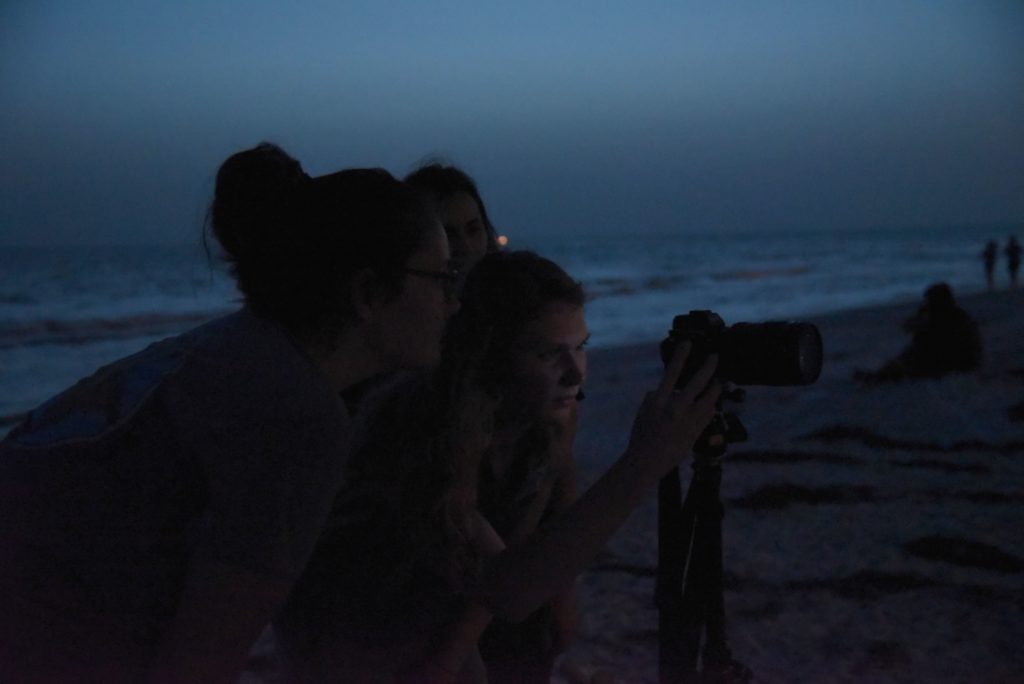
Minimum Qualifications


Salary and Benefits
Applications will be accepted until a candidate is selected. A start date prior to the end of 2019 is preferred. Apply by submitting your cover letter and résumé to the Project Manager at Rachel@conserveturtles.org.
***UPDATE as of 8/7/2019: Great news out of the Brevard County Commission meeting last night! The commissioners rejected the citizen initiative to allow dogs on 11 miles of the Refuge. Most of the commissioners were vocally opposed. In the Carr Refuge District, 92% of those contacting their commissioner via email and phone did not want dogs on their beaches. Commissioners cited both human health and safety and the sensitive habitat as reasons for not supporting the initiative. THANK YOU to all who signed our petition, called and emailed commissioners and spread the word about this harmful proposed initiative! You truly made a difference. If any news breaks about this issue in the future, we will be sure to keep you informed.***
ACTION ALERT: Tell Brevard County Commissioners to keep dogs off the Archie Carr National Wildlife Refuge
Brevard County’s Archie Carr National Wildlife Refuge hosts the single most important sea turtle nesting beach in the United States. The Refuge is a nesting ground for more threatened loggerhead turtles than virtually anyplace else on Earth, as well as for green and leatherback sea turtles. Decades of tireless work and millions of dollars spent by governmental agencies, non-profit organizations such as the Sea Turtle Conservancy (STC), and foundations successfully created and protected the Refuge as a safe haven for sea turtles. A recent movement to open up the Refuge to domestic dogs threatens this progress.
A group of local Brevard residents is pushing forward a proposal to allow dogs on 11.5 miles of the Refuge between 5 p.m. and 9 a.m. daily. STC has extensive experience in monitoring and protecting sea turtle nesting beaches in Florida and the Caribbean. On some of the beaches we monitor, dogs have been documented as a major threat to sea turtles; dogs are excellent at sniffing out turtle nests and digging them up. Dogs are also known to predate live hatchlings ready to emerge and scare off adult nesting sea turtles. Sea turtles, especially hatchlings, have plenty of wild predators without humans introducing large numbers of domestic predators.
This stretch of beach, owned by county, state and federal governments, falls under the U.S. Fish and Wildlife Service management plan that does not allow dogs and cats on federally-owned property. Brevard County would be highly vulnerable to a federal Endangered Species Act lawsuit if this plan moves forward and any impacts to sea turtle nests are documented. The Refuge is one of the most heavily studied nesting beaches in Florida, so any predation incidents by dogs would be swiftly recorded.
This year has been a record-breaking year for sea turtle nesting in the Refuge and across the Southeastern U.S. All three species of sea turtles that nest in the Carr Refuge are just starting to show signs of recovery. The Carr Refuge in Brevard County is the worst possible place to allow dogs on the beach.
Although many staff members at STC are dog lovers, we oppose directing dogs to defecate in the very area where people and children take their shoes off and play in the sand. It is highly unsanitary for people and very dangerous for federally-protected sea turtles.
The Brevard County Commission is meeting at 5 p.m. on Tuesday, August 6 to discuss this proposed plan. Please contact the Brevard County Commissioners listed below and let them know that you oppose opening up the Archie Carr Refuge to dogs.
District 1 Commissioner Rita Pritchett
321-607-6291
D1.Commissioner@BrevardFL.gov
District 2 Commissioner Bryan Lober (Vice Chair)
321-454-6601
D2.Commissioner@BrevardFL.gov
District 3 Commissioner John Tobia
321-633-2075
D3.Commissioner@BrevardFL.gov
District 4 Commissioner Curt Smith
321-633-2044
D4.Commissioner@BrevardFL.gov
District 5 Commissioner Kristine Isnardi (Chair)
321-253-6611
D5.Commissioner@BrevardFL.gov
Funded by a portion of revenues from Florida’s Sea Turtle Specialty License Plate, the Sea Turtle Grants Program distributes funds each year to support sea turtle research, conservation and education programs that benefit Florida sea turtles. In 2019, Sea Turtle Conservancy had two project proposals selected for funding.
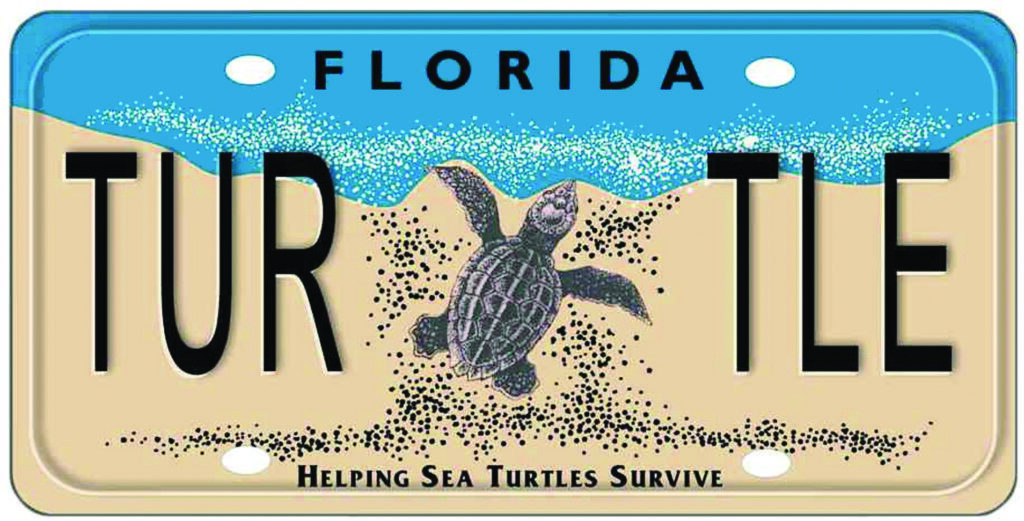
2019
Green Turtle Seasonal Movements and Group Behavior in Florida’s Big Bend – $27,600.00 awarded
In the Florida Keys, green turtles have showed signs of herding or coordinated movements over seagrass habitat. It’s possible this also occurs in the Big Bend during warmer months (May–September), however, it’s unclear how frequent juvenile green turtles actually associate with each other. This project will use telemetry to determine migratory movements of juvenile green turtles due to changes in water temperatures and investigate localized group behavior during the spring, summer and fall. ARGOS satellite transmitters will be placed on juvenile green turtles that are captured at four different sites in the Big Bend. Their movement patterns will be analyzed using state-space models and ArcGIS spatial analysis tools. The results will help explain large scale seasonal movements as well as small scale group behavior that may be impacted in the future by climate change and the loss of habitat.

FWC Permit #118
Upgrading Sea Turtle Lighting Education Program – $18,930.00 awarded
Sea Turtle Conservancy (STC) will refurbish and update the traveling lighting displays funded by the grants program in 2014. Since their creation, the displays have successfully been hosted at facilities throughout the state of Florida and have been viewed by hundreds of thousands of people. The four portable displays have received considerable wear since they were first created and deployed. STC will work with the original graphics company to reprint the panel graphics; add a protective coating on each panel to prevent scratching; and repair and update damaged and outdated fixtures. Once the displays are repaired, STC will re-deploy them in high-traffic locations in southwest Florida, where STC will expand its separately-funded sea turtle lighting retrofit program. STC will also work with a video production company to create a short instructive video to further educate beachfront property owners about the importance of sea turtle lighting and how to be part of the solution. This video will be broadcast to targeted audiences in SW Florida through boosted social media postings.

To learn more about the Sea Turtle Grants program, visit www.helpingseaturtles.org.